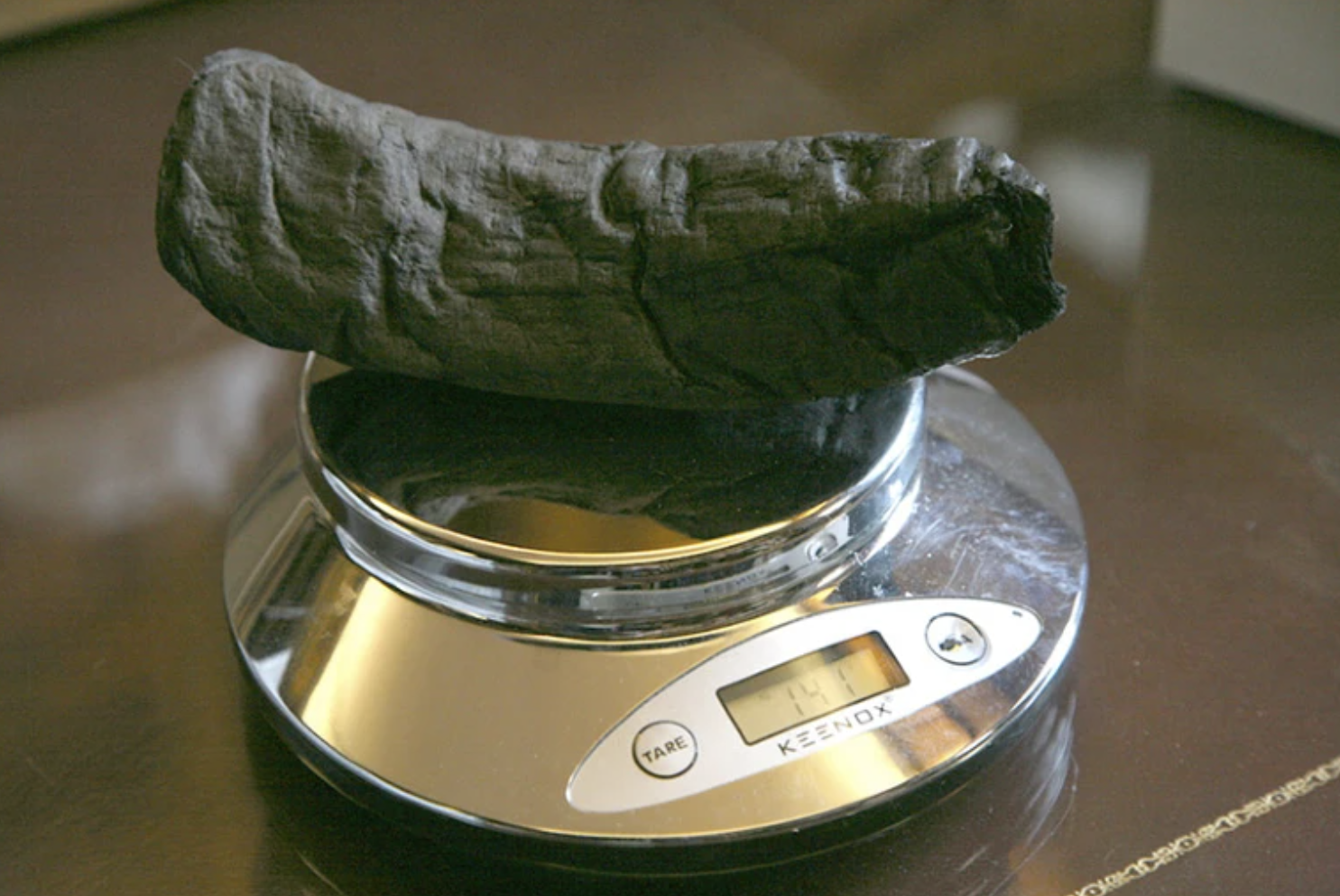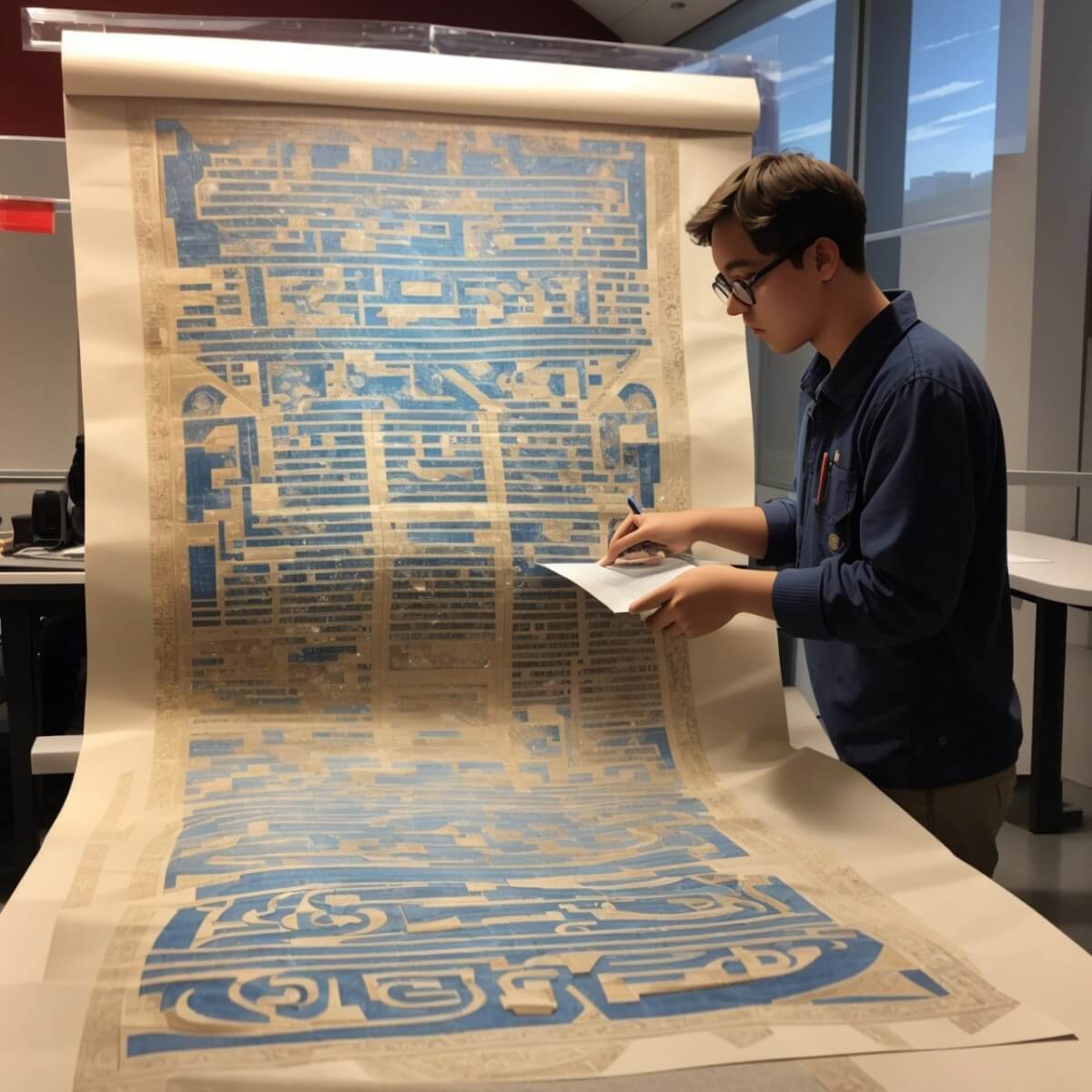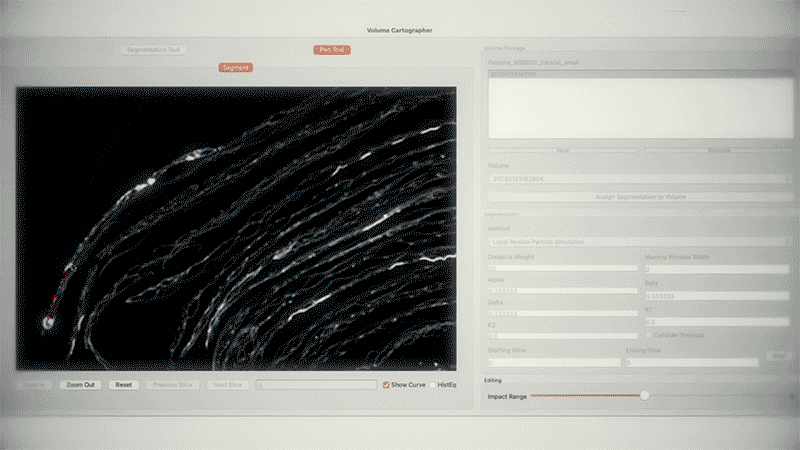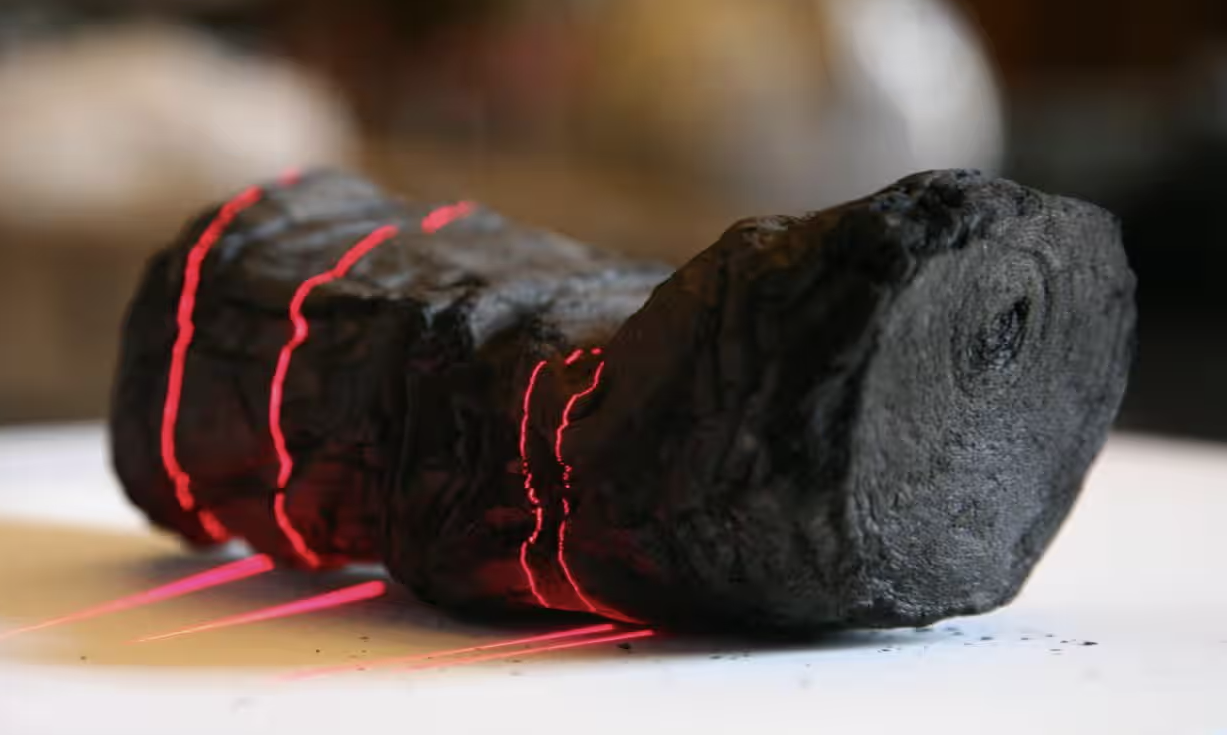AI deciphers the text of 2,000-year-old charred papyrus scripts, unveiling musings on music and capers.
Student researchers have used machine learning to read text hidden inside charred, unopenable scrolls from the ancient Roman city of Herculaneum. The charred scroll was buried 2,000 years ago by the eruption of Mount Vesuvius.
The newly revealed passages, using software and scanning called virtual unwrapping, discuss sources of pleasure including music, the colour purple and the taste of capers. The team trained an algorithm on tiny differences in texture where the ink had been, based on three-dimensional computed tomography scans of the scrolls.
The scroll is one of hundreds of intact papyri excavated in the eighteenth century from a luxury Roman villa in Herculaneum, Italy. These lumps of carbonized ash — known as the Herculaneum scrolls — are the only library that survives from the ancient world, but are too fragile to open.

Charred papyrus, too fragile to open
The winning entry, announced on 5 February, reveals hundreds of words across more than 15 columns of text, corresponding to around 5% of an entire scroll. “The contest has cleared the air on all the people saying will this even work,” says Brent Seales, a computer scientist at the University of Kentucky, Lexington, and co-founder of the prize. “Nobody doubts that anymore.”

Ancient papyrus scrolls read using AI
Luke Farritor, an undergraduate studying computer science at the University of Nebraska-Lincoln, used the crackle to train a machine-learning algorithm, revealing the word porphyras, ‘purple’, which won him the prize for unveiling the first letters in late October. An Egyptian PhD student in Berlin, Youssef Nader, who followed with even clearer images of the text, came second.

A team of researchers used machine-learning to image the shapes of ink on the rolled-up scroll.Credit: Vesuvius Challenge
The content of most of the previously opened Herculaneum scrolls relates to the Epicurean school of philosophy, and seems to have formed the working library of a follower of the Athenian philosopher Epicurus, who lived from 341 to 270 BC, named Philodemus.

AI looks at Vesuvius papyrus scroll to look inside
The new text revealed in the contest doesn’t name the author but, from a rough first read, researchers predict it is by Philodemus. As well as pleasurable tastes and sights, the scroll includes a figure called Xenophantus, possibly a flute-player of that name mentioned by the ancient authors Seneca and Plutarch, whose evocative playing apparently caused Alexander the Great to reach for his weapons.





Researcher Seales has been trying to read these concealed texts for nearly 20 years. His team developed software to “virtually unwrap” the surfaces of rolled-up papyri using three-dimensional computed tomography (CT) images. In 2019, he carried two of the scrolls from the Institut de France in Paris to the Diamond Light Source particle accelerator near Oxford to make high-resolution scans.
Seales team read Dead Sea scrolls from the Ein Gedi region in Israel. The Dead Sea Scrolls, also called the Qumran Caves Scrolls, are a set of ancient Jewish manuscripts from the Second Temple period. They were discovered over a period of 10 years, between 1946 and 1956, at the Qumran Caves near Ein Feshkha on the northern shore of the Dead Sea, Israel.






